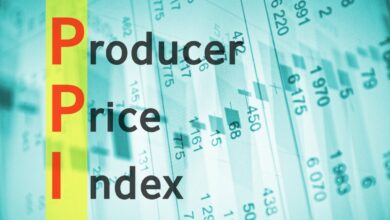RISING CEMENT PRICES IN GHANA: A TWO YEAR OVERVIEW

Over the past two years, Ghana has witnessed a significant surge in
cement prices, causing concern among builders, contractors, and homeowners.
The price of a 50kg bag of cement, which was around GHC 38 in early 2022, has now
escalated to between GHS 46 and GHS 100 as of mid-2024 according to LUCKY
BUSINESS DESK checks
Factors Driving the Price Increase
Several factors have contributed to this sharp rise in cement prices:
1. Production Costs: The cost of producing cement has increased due to higher
energy prices and the rising cost of raw materials. Cement production is
energy-intensive, and fluctuations in global oil prices have a direct impact on
manufacturing costs.
2. Supply Chain Disruptions: The COVID-19 pandemic and subsequent global
supply chain disruptions have affected the availability of essential raw
materials like limestone and gypsum. This has led to reduced production
capacity and higher prices.
3. Exchange Rate Volatility: The depreciation of the Ghanaian cedi against
major foreign currencies has made imported raw materials more
expensive. This has further driven up the cost of cement production.
4. Increased Demand: Ghana’s booming construction industry has led to a
surge in demand for cement. Major infrastructure projects, residential
developments, and commercial buildings have all contributed to the
heightened demand, putting additional pressure on prices
Impact on the Construction Industry
The rising cost of cement has had a ripple effect on the construction industry.
Builders and contractors are facing higher project costs, which are often passed on to consumers.
This has made housing and infrastructure projects more expensive,
affecting affordability for many Ghanaians.
Government and Industry Response
In response to the escalating prices, the government and industry stakeholders are
exploring various measures to stabilize the market. These include:
* Encouraging Local Production: Efforts are being made to boost local cement
production to reduce reliance on imports and mitigate the impact of exchange
rate fluctuations.
* Improving Supply Chains: Enhancing the efficiency of supply chains and
reducing bottlenecks can help stabilize prices and ensure a steady supply of
raw materials.
* Regulatory Measures: The government is considering regulatory measures to
control price hikes and protect consumers from excessive costs.




